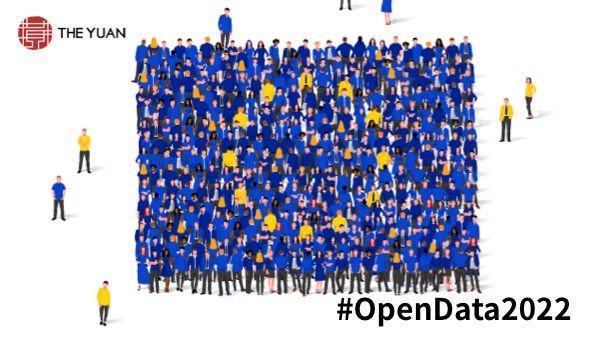


MONTREAL - A previous article described several analytical approaches and highlighted the mutual benefit of combining a predictive approach with a prescriptive one. This piece goes into greater detail as to how to combine machine learning (ML) with operations research (OR) in four efficient but varying methods.
First, one should recall that, given a certain scenario, predictive analytics are used to answer the question ‘What is likely to happen?’ while prescriptive analytics reply to ‘What is the optimal action?’ to obtain a desired aim. Both approaches are necessary to solve complex problems. With radiology as an example, the first approach detects tumors on X-rays - i.e., What does the system detect from a given X-ray image? - while the second helps health professionals make decisions - i.e., What is the best option to treat a patient given the tumor detected on an X-ray image?
Four ML, OR combos
The fundamental strength of ML is to predict and detect, while OR’s forte lies in making decisions and optimizing. Combining the two is an art, and at least four ways are available to do so efficiently.
ML, OR as separate black boxes
As ever more research teams opt for this combo with very effective results, it is quickly becoming a well-established technique. The most common method is to use ML to detect and predict - and once its detections and predictions are obtained, to use OR to optimize these results as input data. In radiology, deep learning (DL) detects tumors and their types on X-rays.1 Once tumors have been detected and identified as benign or malignant, medical professionals must spring into ac
The content herein is subject to copyright by The Yuan. All rights reserved. The content of the services is owned or licensed to The Yuan. Such content from The Yuan may be shared and reprinted but must clearly identify The Yuan as its original source. Content from a third-party copyright holder identified in the copyright notice contained in such third party’s content appearing in The Yuan must likewise be clearly labeled as such. Continue with Linkedin
Continue with Linkedin
 Continue with Google
Continue with Google









 1163 views
1163 views








